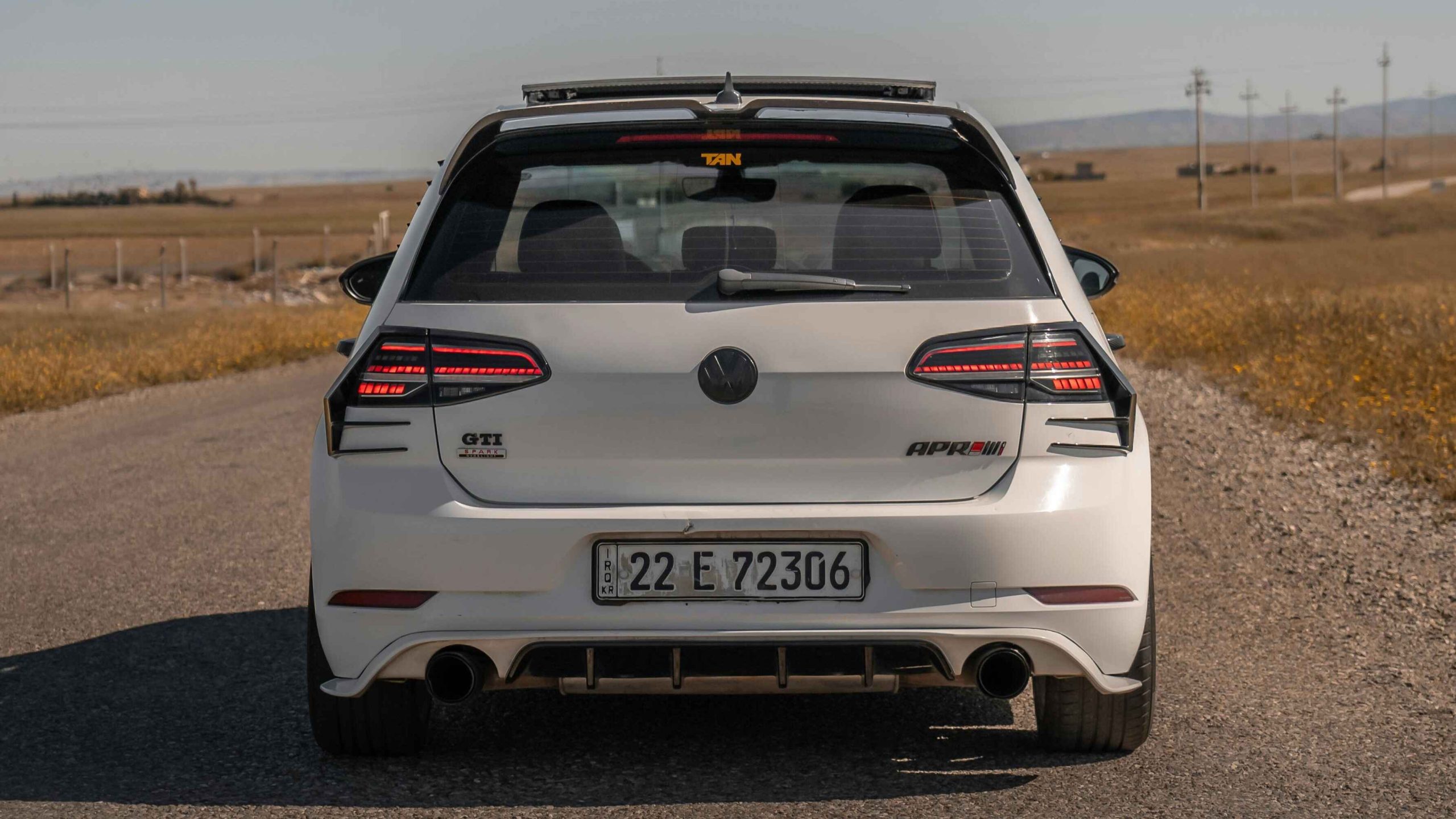 When you’re learning about cars, two terms can trip you up fast: VIN number and chassis number. They sound similar, and people often mix them up. But they aren’t the same thing—and knowing the difference matters, especially if you’re buying a used car or registering a vehicle.
When you’re learning about cars, two terms can trip you up fast: VIN number and chassis number. They sound similar, and people often mix them up. But they aren’t the same thing—and knowing the difference matters, especially if you’re buying a used car or registering a vehicle.
This guide makes it simple. You’ll learn what each term means, how they’re used, and why using the VIN is usually the smarter move. We’ll also show you where to find both numbers and how to decode a VIN quickly using our free tool.
Run the VIN decoder now to know more!
What is a VIN?
A VIN stands for Vehicle Identification Number. It’s a 17-character code made up of numbers and letters. Every vehicle made since 1981 has one.
Think of it like a car’s fingerprint. No two vehicles share the same VIN. When you decode it, you unlock a bunch of details about the car, including:
- Country where it was made
- Manufacturer name
- Make and model
- Engine size and type
- Production year
- Factory location
- Serial number
Every vehicle in the world has unique VIN numbers. These codes follow one global standard, thanks to the International Organization for Standardization (ISO). Because of this, VINs work the same way no matter where the car comes from. They help people, car dealers, and government offices easily identify vehicles across countries and databases. That’s what makes VINs one of the most trusted tools for checking a car’s identity and history.
To decode VIN number data accurately, you can use a trusted vehicle VIN decoder.
What is a Chassis Number?
Now let’s talk about the chassis number. This number is stamped directly on your car’s frame—what people call the “chassis.”
Years ago, before the 1981 NHTSA change, this was the main way to ID a car. Some older vehicles even used the chassis number as the VIN. Today, it’s a bit different. Modern cars still have a chassis number, but it’s mainly used to identify the vehicle’s frame, not its full specs or history.
Here’s what you need to know:
- It’s shorter than a VIN
- It doesn’t follow a global format
- The number usually shows up on a metal plate or is stamped into the frame
- It may be part of the VIN but doesn’t replace it
Key Differences: VIN vs Chassis Number
| Feature | VIN | Chassis Number |
| Length | 17 characters | Varies (may be shorter) |
| Format | Standardized globally (ISO 3779) | Non-standard |
| Contains vehicle info? | Yes (engine, body, year, plant, etc.) | No or limited |
| Location | Dashboard, driver-side door frame | Vehicle frame or chassis |
| Use Case | Legal registration, insurance, recall tracking | Manufacturing, structural ID |
| Uniqueness | Always unique | May not be unique |
Where to Find Your VIN and Chassis Number
VIN locations include:
- Dashboard (driver’s side, near the windshield)
- Driver-side door frame
- Car registration papers
- Insurance card
Chassis number locations include:
- Engine bay or firewall
- Under the vehicle, near the wheel
- Stamped directly on the metal frame
Sometimes, both numbers are in the same spot. Other times, they’re not. Check both when you’re buying, selling, or registering a vehicle.
Global Variations
In many countries—especially across Asia and parts of Europe—people often use “VIN” and “chassis number” as if they mean the same thing. But that’s not always true. In places like the United States, Canada, and countries that follow ISO standards, the VIN is the official and legal way to identify a vehicle.
Unlike a chassis number, which can sometimes change or vary by manufacturer, a VIN is standardized and unique to every vehicle. That’s why it plays such an important role in vehicle records, safety recalls, and registration.
For example:
- India: Chassis number often used in registration forms
- UK: VIN and chassis number are sometimes both required
- U.S./Canada: VIN is mandatory for title, insurance, and emissions records
So, it’s important to understand regional regulations and terminology when dealing with international vehicles.
Why Knowing the Difference Matters
Knowing the right number to use can save you time, money, and stress. Let’s break down when it matters most:
1. Buying a Used Car
Checking only the chassis number? You could miss red flags like accidents or odometer fraud. A full VIN check shows the complete picture.
2. Registration and Insurance
Agencies usually require the full 17-digit VIN. The chassis number isn’t enough for legal documents.
3. Ordering Parts
Car parts must match your vehicle exactly. Using the VIN ensures you get the right fit every time.
4. Vehicle Recalls
Car makers issue recalls based on VINs. Without yours, you might miss critical safety updates.
Whether you’re conducting a VIN lookup or trying to understand vehicle history by VIN, always rely on the full code rather than just the chassis stamp.
From Buying to Recalls—Your VIN Has the Answers
If you need to:
- Buy or sell a car
- Register or insure a vehicle
- Order parts
- Check for recalls
- Investigate a car’s past
Always use the VIN. It’s the most comprehensive, standardized, and legally recognized vehicle identifier worldwide.
The chassis number, while still useful in certain contexts, is no longer sufficient on its own for most modern automotive tasks. So the next time you’re evaluating a vehicle, don’t stop at the chassis.
Decode VIN number details with confidence using our VIN decoder free tool and make smart, informed decisions!